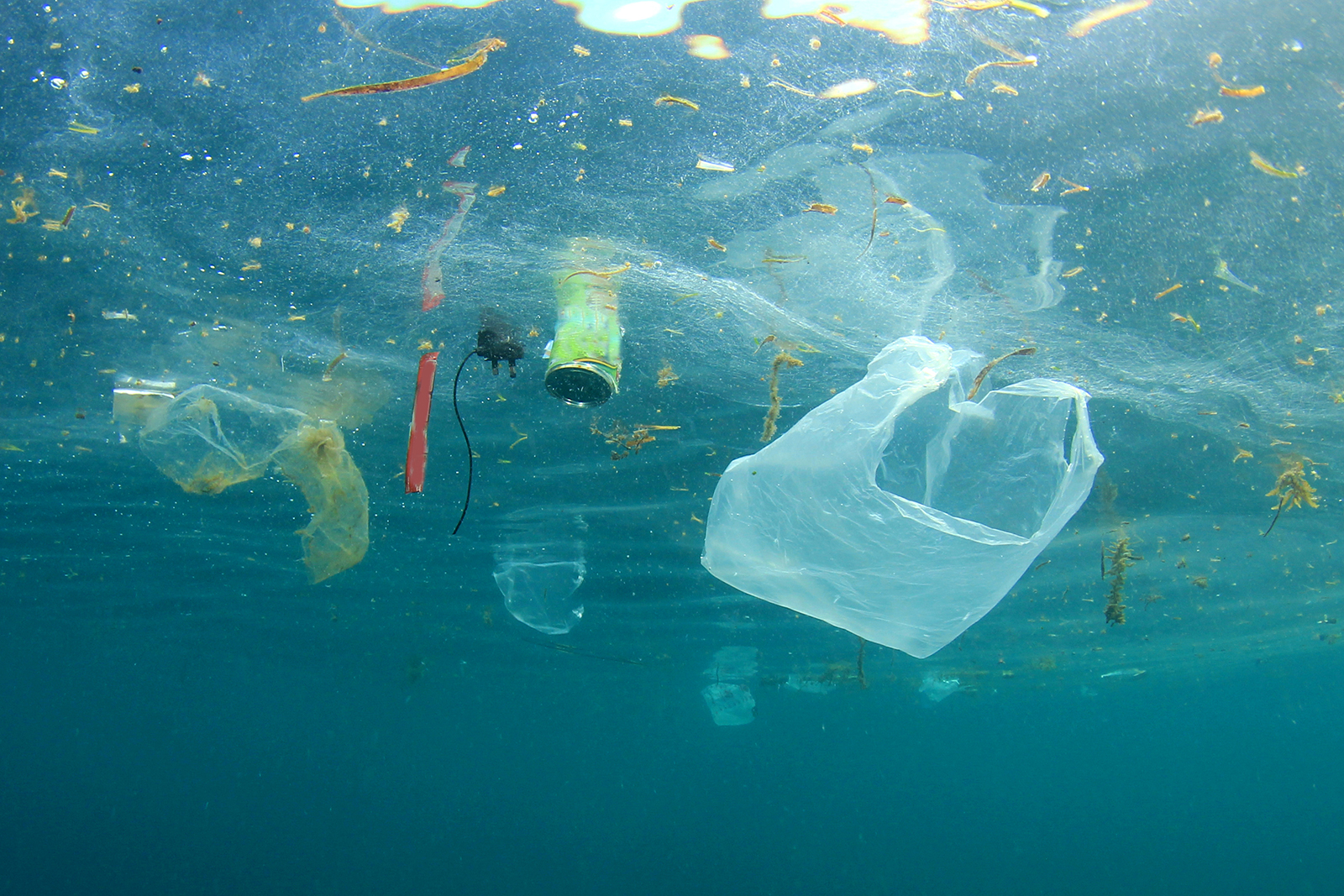
The presence of microplastics is an environmental problem everywhere.
Forest.fi was asked by a reader: Is it possible to say whether bio-based plastics are a source of microplastics in nature in the way of oil-based plastics, or has this problem already been solved?
’The short answer is that this depends on whether the plastic in question is biodegradable. If a bio-based plastic is biodegradable, it will not break into plastic nanoparticles,’ says Professor Monika Österberg from Aalto University.
In Finland, biodegradable plastics are used, for example, to make the pale green bags for fruit and vegetables in grocery shops. These can be recycled as biowaste bags.

Some of the drinking straws and cosmetics jars available are also bio-based and biodegradable. Likewise, some plastic coatings for disposable coffee cups and therefore the whole cup are biodegradable.
Österberg is professor of bioproduct chemistry, scientific principal investigator of the FinnCERES flagship project and member of the Finnish Forest Bioeconomy Science Panel. In her research, she strives to promote the use of renewable natural materials and to reduce the use of oil-based materials.
Bio-based and biodegradable plastics are two different things
Finding out about new-generation plastics can lead the consumer into a veritable jungle of terminology. There is a difference between bio-based and biodegradable.
To take an example, the Finnish company Woodly manufactures a plastic that is carbon-neutral, wood-based, recyclable and bio-based. It is recyclable, but not biologically degradable or compostable.
According to Österberg, a bio-based, but not biodegradable plastic will form the same kind of plastic nanoparticles as a similar polymer made of synthetic raw materials.
’They behave in just the same way as similar synthetic polymers and break into microplastics. At that stage, nature can no longer tell what they are made of,’ Österberg says.
These plastics were not developed to allow people to discard them any which way just anywhere. Nevertheless, they do reduce the burden on the environment.
Normally, consumers rely on their senses and recycle wood-based plastics with fossil-based plastics. It is difficult to identify the raw material, unless the product is specifically marked as wood-based.
’These plastics were not developed to allow people to discard them any which way just anywhere. Nevertheless, they do reduce the burden on the environment,’ says Research Professor Ali Harlin from VTT Technical Research Centre of Finland in an article published by the communication project Forest Finland.
- Read more: Wood to replace plastics, polystyrene, oil… Six important new products from Finnish bioeconomy
- Read more: Robot dog to replace forest expert? Shortage of labour speeds up automation in forest sector
